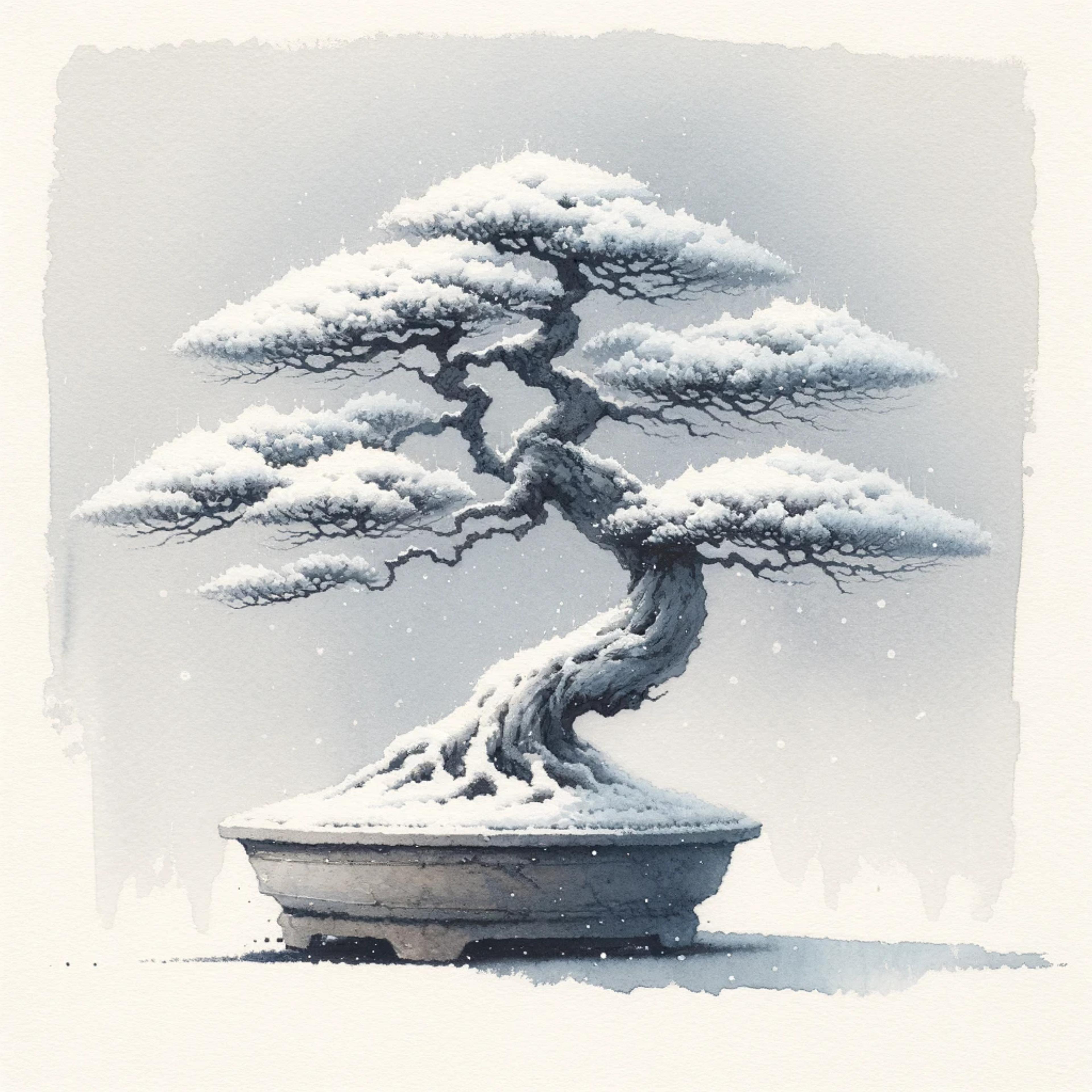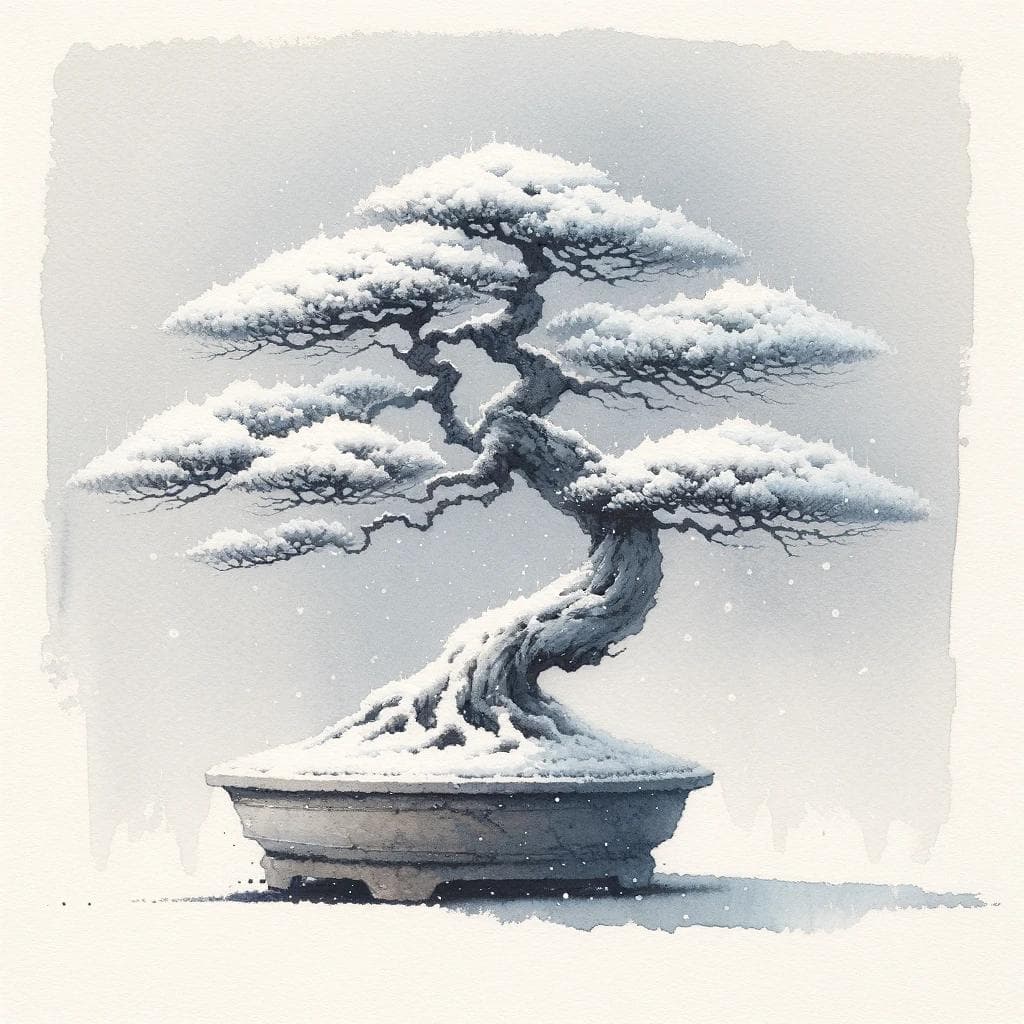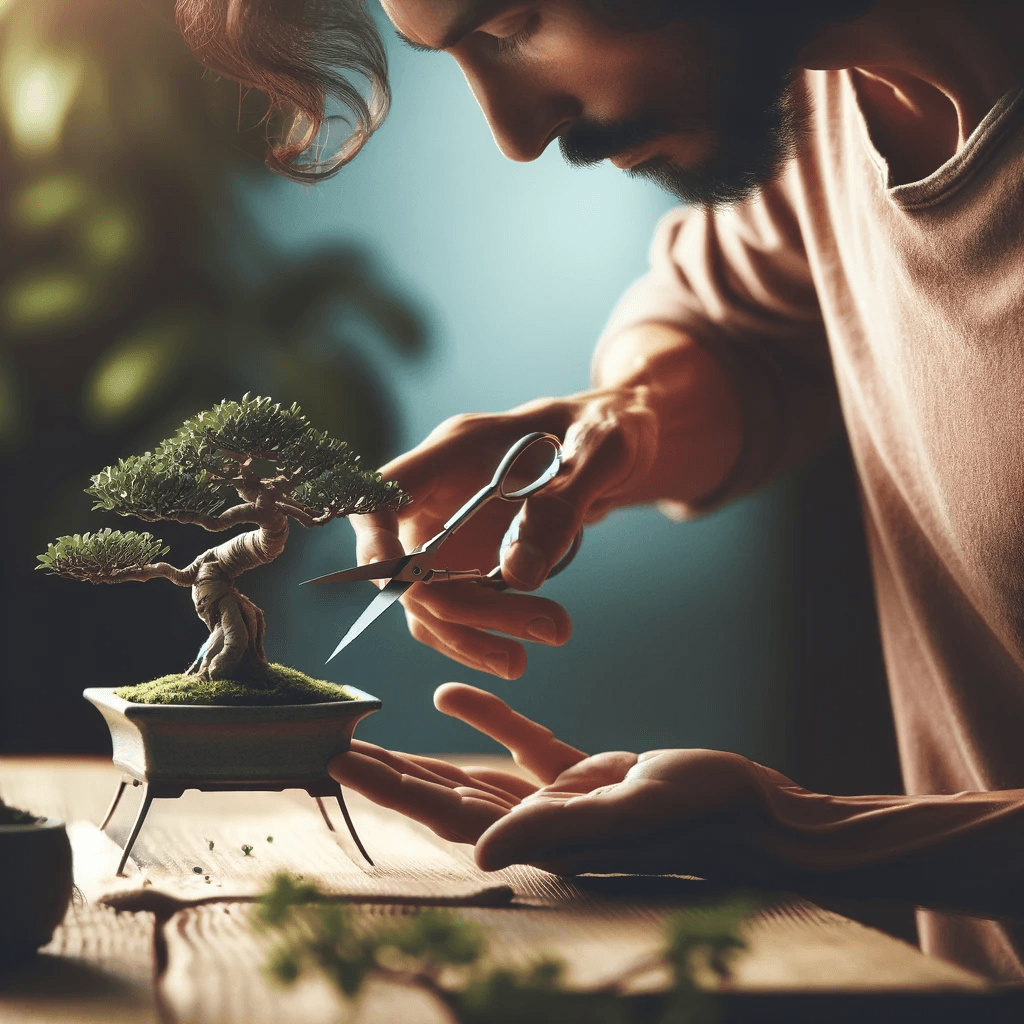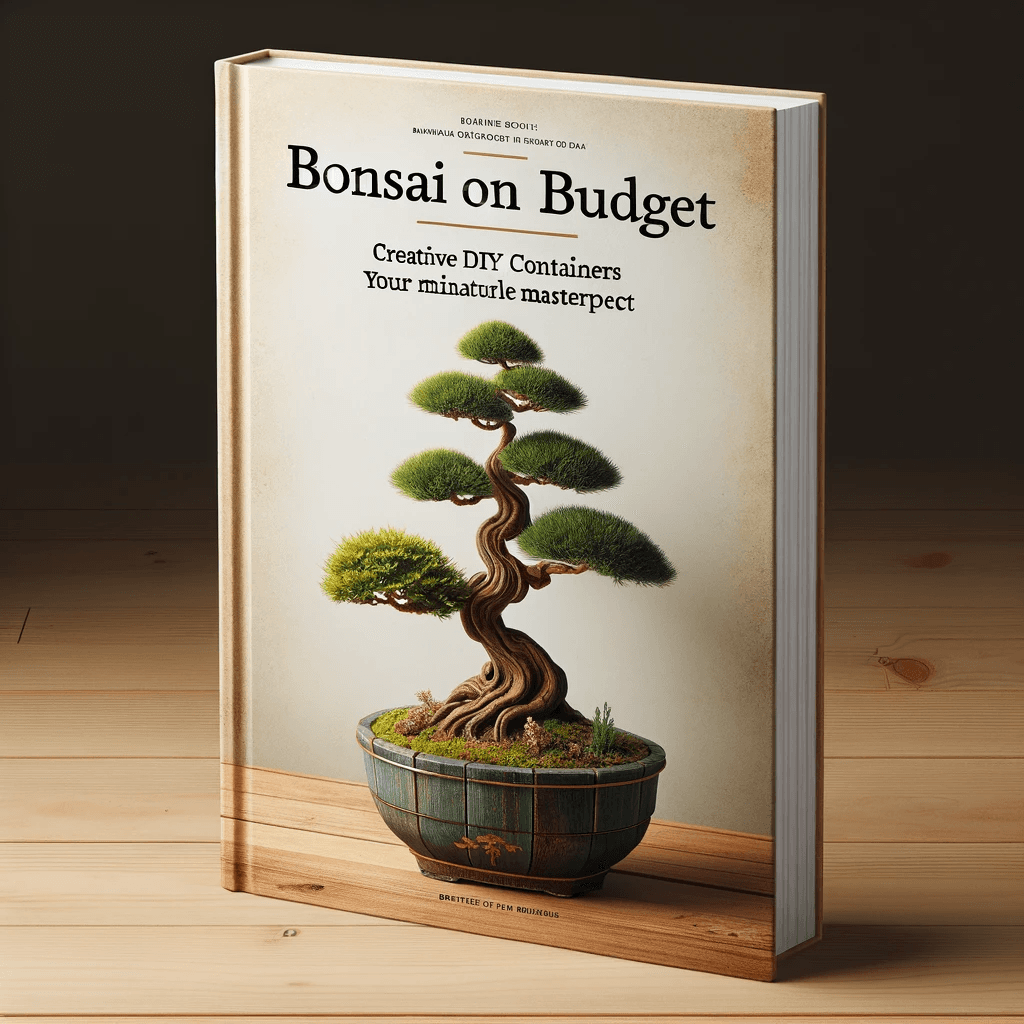Your Definitive Guide to Understanding Seasonal Bonsai Care

Bonsai trees, being living miniature trees, are deeply connected to the cycles of nature. Providing the right care during each season is crucial for their health, growth, and beauty. This guide outlines the essential do's and don'ts throughout the year for some of the most popular bonsai species: the hardy, outdoor Juniper and Japanese Maple, the adaptable Chinese Elm (which can live indoors or out), and the tropical Ficus (typically kept indoors in temperate climates like the United States). Remember that timings can shift slightly based on your specific location and microclimate within the US. Always observe your tree's individual needs.
(Current Date: Thursday, April 10, 2025)
Spring (Approximately March - May)
Spring marks the awakening of your bonsai. Days get longer, temperatures rise, and growth begins anew. This is a critical season for setting the stage for healthy summer growth and performing major structural work.
Do's:
- Gradually Increase Watering: As buds swell and leaves emerge, your tree's water needs increase. Check the soil moisture daily and water thoroughly when the top layer begins to dry.
- Begin Fertilizing: Once you see active new growth, start applying a balanced bonsai fertilizer. Follow package directions, often starting at half strength. Outdoor trees like Maples and Elms benefit from a slightly higher nitrogen mix early on to support vigorous growth.
- Repotting: Early spring, just as buds begin to swell, is the ideal time for repotting most hardy deciduous trees like Japanese Maples and Chinese Elms (typically every 2-3 years). Junipers can be repotted slightly later in spring (every 2-5 years depending on age). Ficus can also be repotted in late spring or early summer. Root pruning during repotting is essential.
- Structural Pruning: Perform major branch pruning on deciduous trees before leaves fully harden off to shape the tree's primary structure. Junipers can also be structurally pruned.
- Acclimatize Outdoor Trees: If your hardy bonsai (Juniper, Maple, Elm) spent winter in a protected location (like a garage or cold frame), gradually reintroduce them to outdoor conditions after the danger of hard frost has passed. Start in a sheltered spot and slowly increase sun exposure.
- Move Indoor Trees Outdoors (Optional): Once nighttime temperatures are consistently above 50-55°F (10-13°C), you can move indoor trees like Ficus or indoor-kept Chinese Elms outside for the summer. Acclimatize them very slowly to increased light and wind, starting in full shade.
- Monitor Pests & Diseases: Warmer, damp conditions can encourage pests and fungal issues (like black spot on Elms). Inspect regularly and treat promptly if needed.
Don'ts:
- Don't Shock the Tree: Avoid moving trees abruptly from protected winter locations or indoors directly into strong sun and wind.
- Don't Fertilize Weak Trees: Wait for clear signs of healthy growth before fertilizing. Never fertilize a tree immediately after repotting; wait a few weeks.
- Don't Let Soil Dry Out: While avoiding overwatering, ensure the soil doesn't become completely bone-dry as active growth demands moisture.
- Don't Forget Late Frosts: Be prepared to protect outdoor trees if an unexpected late frost is predicted.
- Don't Repot Maples Too Late: Japanese Maples should ideally be repotted just as buds swell, earlier than some other species.
Summer (Approximately June - August)
Summer is the season of vigorous growth. Long days and warm temperatures mean your bonsai will be actively photosynthesizing, requiring consistent watering, feeding, and some protection from extremes.
Do's:
- Water Frequently: This is crucial. Check soil moisture daily, often watering once or even twice a day during hot, sunny, or windy weather. Water thoroughly until water drains from the bottom.
- Fertilize Regularly: Continue a regular feeding schedule with a balanced bonsai fertilizer to support the active growth.
- Provide Appropriate Sunlight: Junipers and Chinese Elms generally love full sun (ensure adequate water). Japanese Maples, however, benefit from partial shade, especially protection from intense afternoon sun which can scorch their delicate leaves. Ficus (if outdoors) needs bright light but should be acclimated; indoors, provide the brightest location possible.
- Maintenance Pruning: Pinch or trim back new shoots regularly to maintain the tree's shape and encourage denser growth. Avoid heavy pruning.
- Monitor for Pests: Warm weather brings out pests like spider mites, scale, and aphids. Inspect your trees often, especially the undersides of leaves.
- Provide Humidity (Indoor Trees): For Ficus or Chinese Elms kept indoors, combat dry indoor air by using a humidity tray (pebble tray) or misting the foliage (though misting provides only temporary benefit).
Don'ts:
- Don't Let the Tree Dry Out: Summer heat can dry pots quickly, potentially damaging roots and foliage.
- Don't Perform Major Pruning or Repotting: These activities cause significant stress, which is harder for the tree to recover from during summer heat. Stick to light trimming.
- Don't Scorch Sensitive Leaves: Protect Japanese Maples from the harshest midday/afternoon sun.
- Don't Place Indoor Trees Near Vents: Avoid positioning Ficus or indoor Elms near air conditioning vents or fans, which cause drying drafts.
- Don't Overwater: While frequent watering is needed, ensure the pot has good drainage and doesn't sit constantly waterlogged, which can lead to root rot.
Autumn (Approximately September - November)
As days shorten and temperatures cool, bonsai growth slows in preparation for winter dormancy (for hardy outdoor trees) or a period of rest (for indoor tropicals). This season is about winding down care and preparing for the cold.
Do's:
- Reduce Watering: As growth slows and evaporation decreases, water less frequently. Continue checking the soil, but allow it to dry slightly more between waterings.
- Reduce Fertilizing: Decrease the frequency of feeding. Switch to a low-nitrogen or nitrogen-free fertilizer for the last few applications to help harden growth for winter, rather than encouraging soft new shoots. Stop fertilizing hardy trees completely by mid-to-late autumn.
- Prepare Outdoor Trees for Winter: Ensure hardy trees (Juniper, Maple, Elm) are exposed to the natural decline in temperature and light to trigger dormancy. Plan your winter protection strategy (cold frame, unheated garage, shed, mulch).
- Wire Deciduous Trees: Autumn, after leaves have fallen from Japanese Maples and Chinese Elms, is an excellent time to wire branches as the structure is clearly visible.
- Bring Tropicals Indoors: Move Ficus and any other cold-sensitive bonsai indoors before the first frost, typically when nighttime temperatures consistently dip below 50-55°F (10-13°C). Place them in the brightest available spot (e.g., a south-facing window).
- Enjoy Fall Color: Admire the vibrant autumn foliage on deciduous trees like Japanese Maples.
Don'ts:
- Don't Stop Watering Altogether: Trees still need some moisture, even as growth slows. Don't let the root ball become completely desiccated.
- Don't Fertilize Heavily or Late: Avoid nitrogen-rich fertilizers late in the season, as this encourages weak growth susceptible to frost damage.
- Don't Prune Heavily: Significant pruning can stimulate late growth that won't harden off before winter.
- Don't Bring Hardy Trees Indoors: Junipers, Maples, and outdoor Elms need a cold dormant period to survive long-term. Keeping them in a warm house over winter will weaken and likely kill them.
- Don't Leave Tropicals Outside: Ficus and other tropicals are not frost-hardy and will be severely damaged or killed by freezing temperatures.
Winter (Approximately December - February)
Winter is a time of rest for hardy outdoor bonsai and requires careful maintenance for indoor trees. The primary goal for outdoor trees is protection from harsh conditions, while indoor trees need light and careful watering to survive lower light levels and dry air.
Do's (Outdoor Hardy Trees - Juniper, Maple, Elm):
- Provide Winter Protection: Move trees to an unheated garage, shed, cold frame, or porch once fully dormant. Alternatively, group pots together and mulch heavily. Protect from severe cold (below 15-20°F / -9 to -6°C for extended periods), drying winds, and repeated freeze-thaw cycles.
- Water Sparingly: Dormant trees use very little water. Check the soil every few weeks. Water only if the soil is dry and temperatures are above freezing (during a thaw), just enough to keep the roots from completely drying out.
- Minimal Light Needed (If Fully Dormant): Once fully dormant (below ~40°F / 4°C), hardy trees don't require light.
- Check for Pests: Inspect dormant trees occasionally for overwintering pests like scale.
Do's (Indoor Trees - Ficus, Indoor Elm):
- Maximize Light: Place Ficus and indoor Elms in the brightest possible location, such as a south-facing window. Rotate the pot periodically for even exposure. Supplemental grow lights can help.
- Water Carefully: Reduced light and slower growth mean less water is needed. Allow the top layer of soil to dry out more between waterings than in summer. Ensure good drainage.
- Maintain Humidity: Indoor heating creates dry air. Use a humidity tray or run a humidifier nearby. Grouping plants can also help raise local humidity.
- Inspect for Pests: Dry indoor conditions are ideal for pests like spider mites. Check undersides of leaves regularly.
- Provide Cooler Temps (If Possible): While Ficus prefers warmth, Chinese Elms kept indoors appreciate cooler indoor temperatures during winter if possible, though they tolerate average room temps.
Don'ts (Outdoor Hardy Trees):
- Don't Fertilize: Dormant trees cannot use fertilizer.
- Don't Keep Them Warm: Do not bring hardy trees into a heated house for the winter.
- Don't Water Frozen Soil: Wait for a thaw. Ensure pots drain well after watering to avoid roots sitting in ice.
- Don't Prune: Avoid pruning during deep dormancy.
Don'ts (Indoor Trees):
- Don't Overwater: This is the most common cause of failure for indoor bonsai in winter. Let the soil dry slightly between waterings.
- Don't Place Near Heat Sources/Drafts: Avoid direct proximity to heating vents, radiators, or drafty windows.
- Don't Fertilize (or Fertilize Very Sparingly): Most indoor bonsai need little to no fertilizer during the low-light winter months. If you do, use a very dilute solution infrequently (e.g., once a month or less).
- Don't Expect Active Growth: Winter is a period of rest or very slow growth for indoor trees.
By understanding and adapting your care routine to the changing seasons, you provide your Juniper, Japanese Maple, Ficus, or Chinese Elm bonsai with the best chance to thrive for years to come. Careful observation remains your best tool – learn to read your tree's signals and adjust accordingly.
Read More

Winter Wonderland: Essential Care Tips for Your Bonsai Trees

Branching Out: Essential Tools and Techniques for Bonsai Pruning

Bonsai on a Budget: Creative DIY Containers for Your Miniature Masterpiece
BonsaiCourses.com is dedicated to offering comprehensive educational content on bonsai art and cultivation. While our site may include affiliate links for bonsai products and tools, our recommendations are based on our expertise and commitment to quality. As an Amazon Associate I earn from qualifying purchases. Any purchases made through these links may earn us a commission at no extra cost to you.